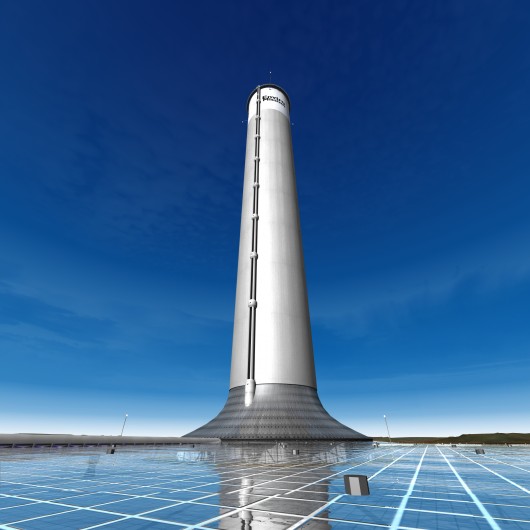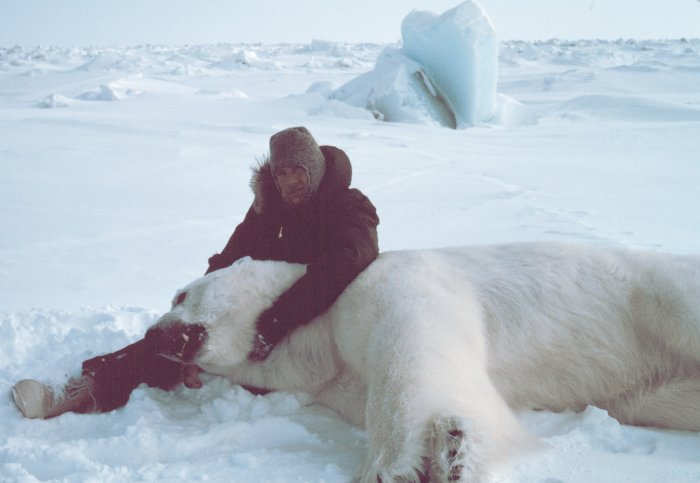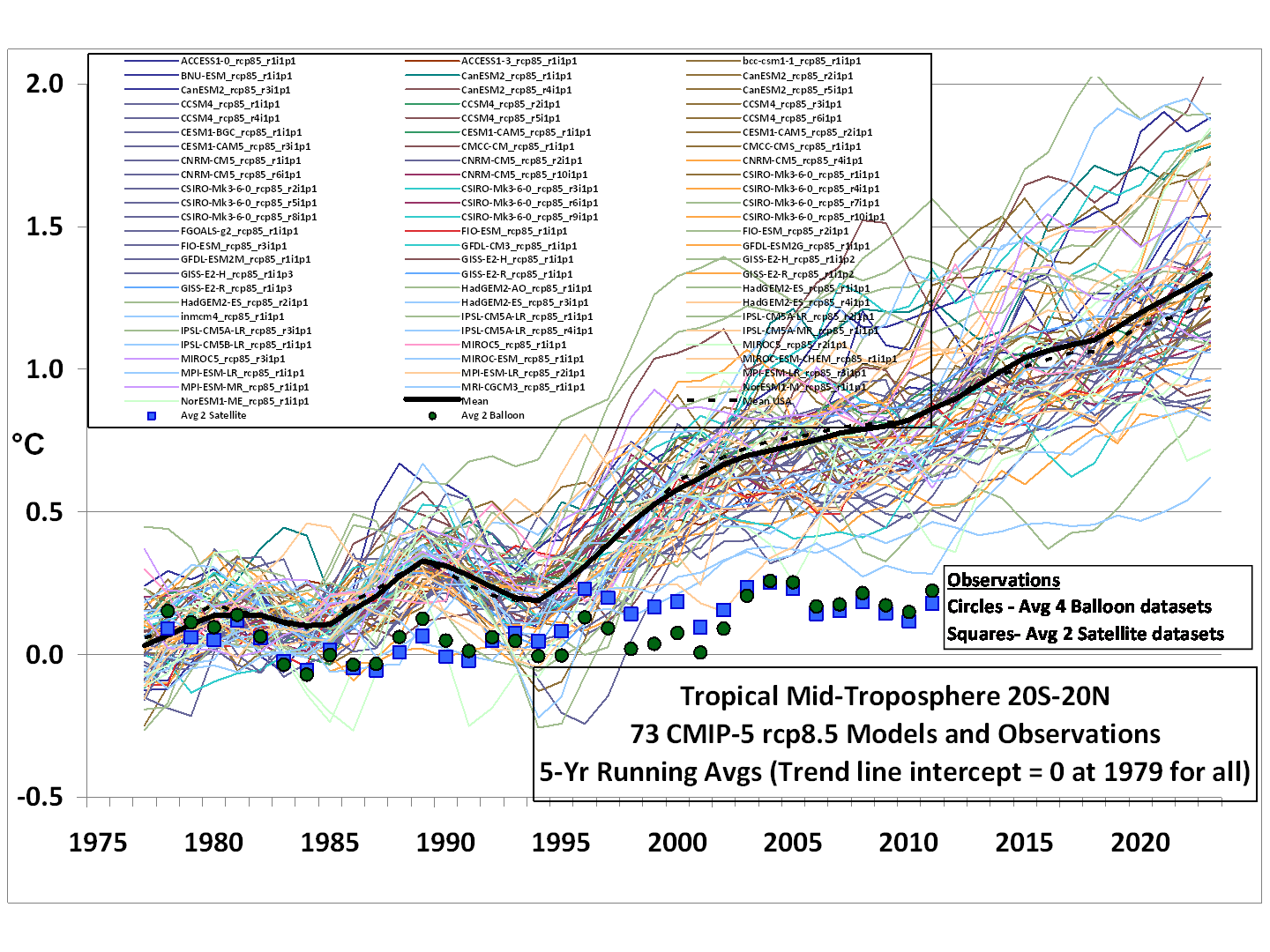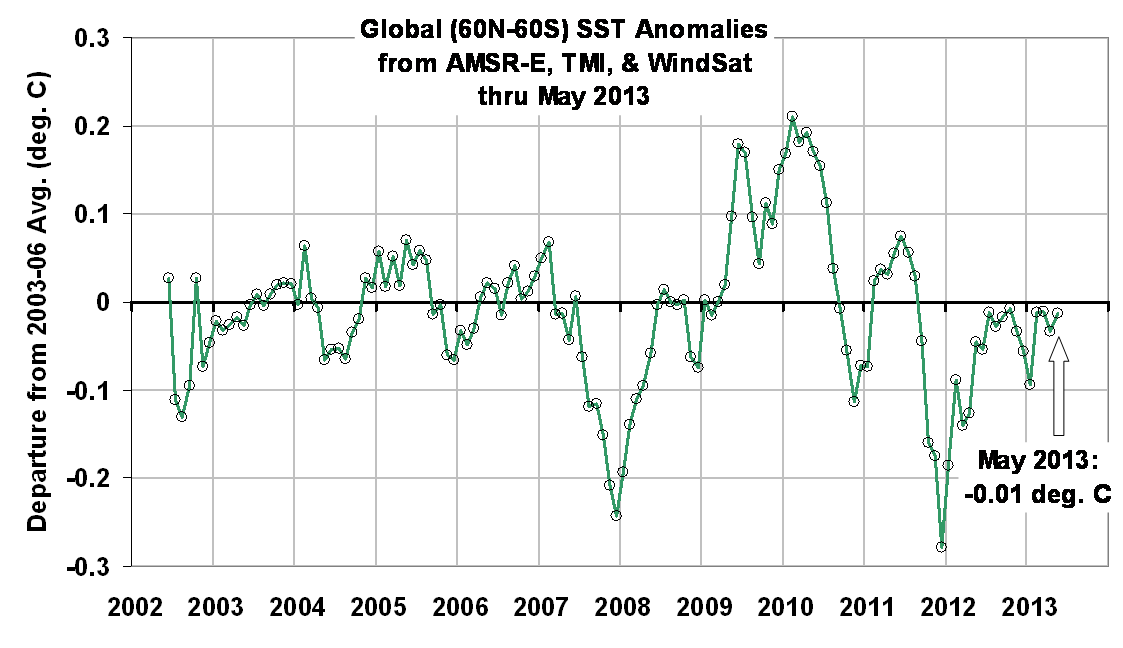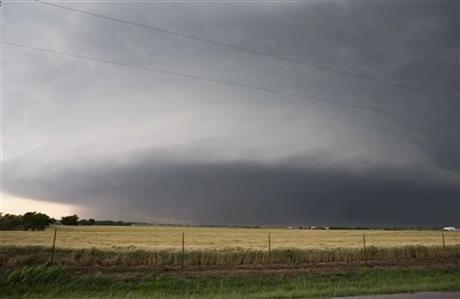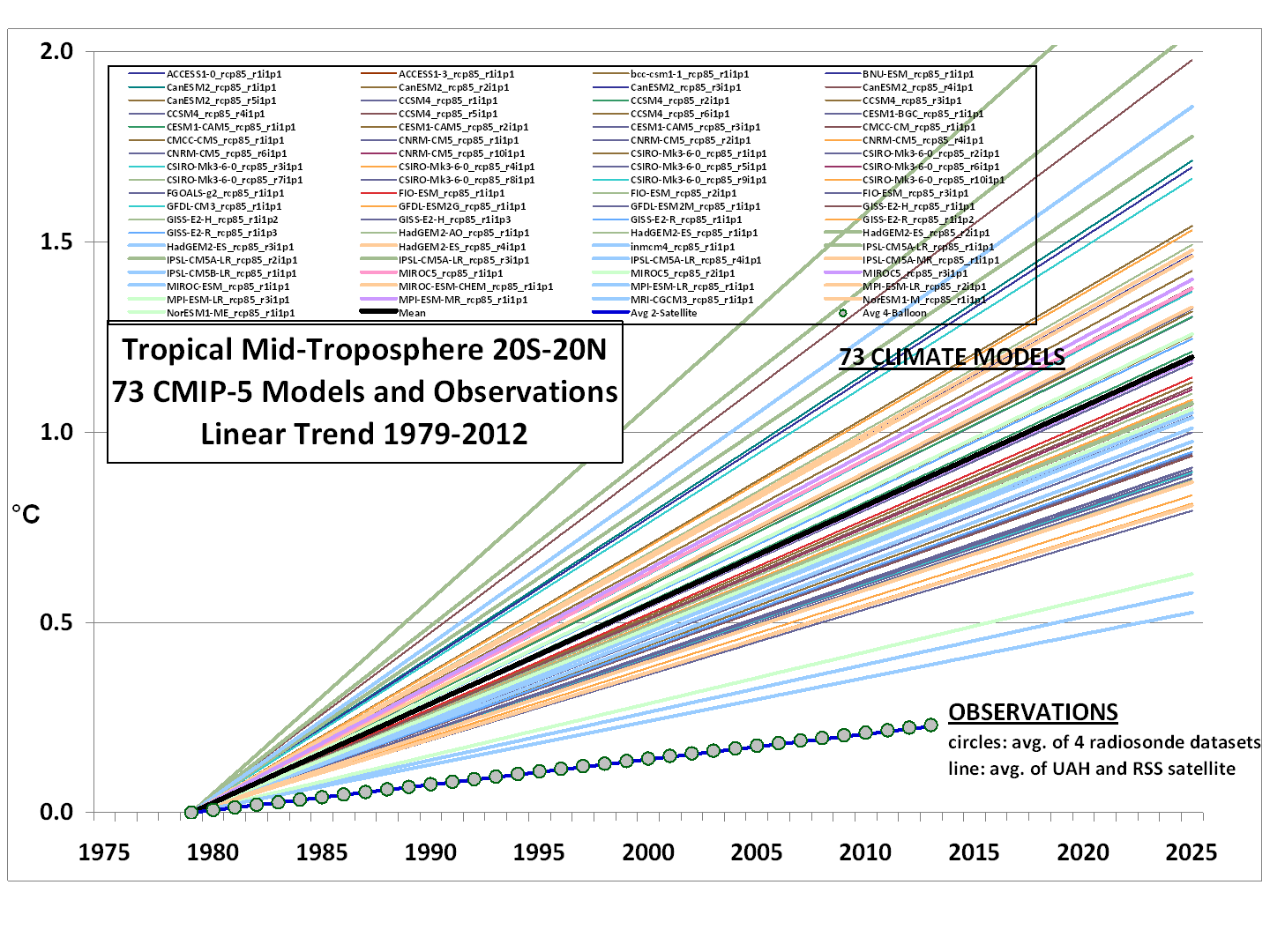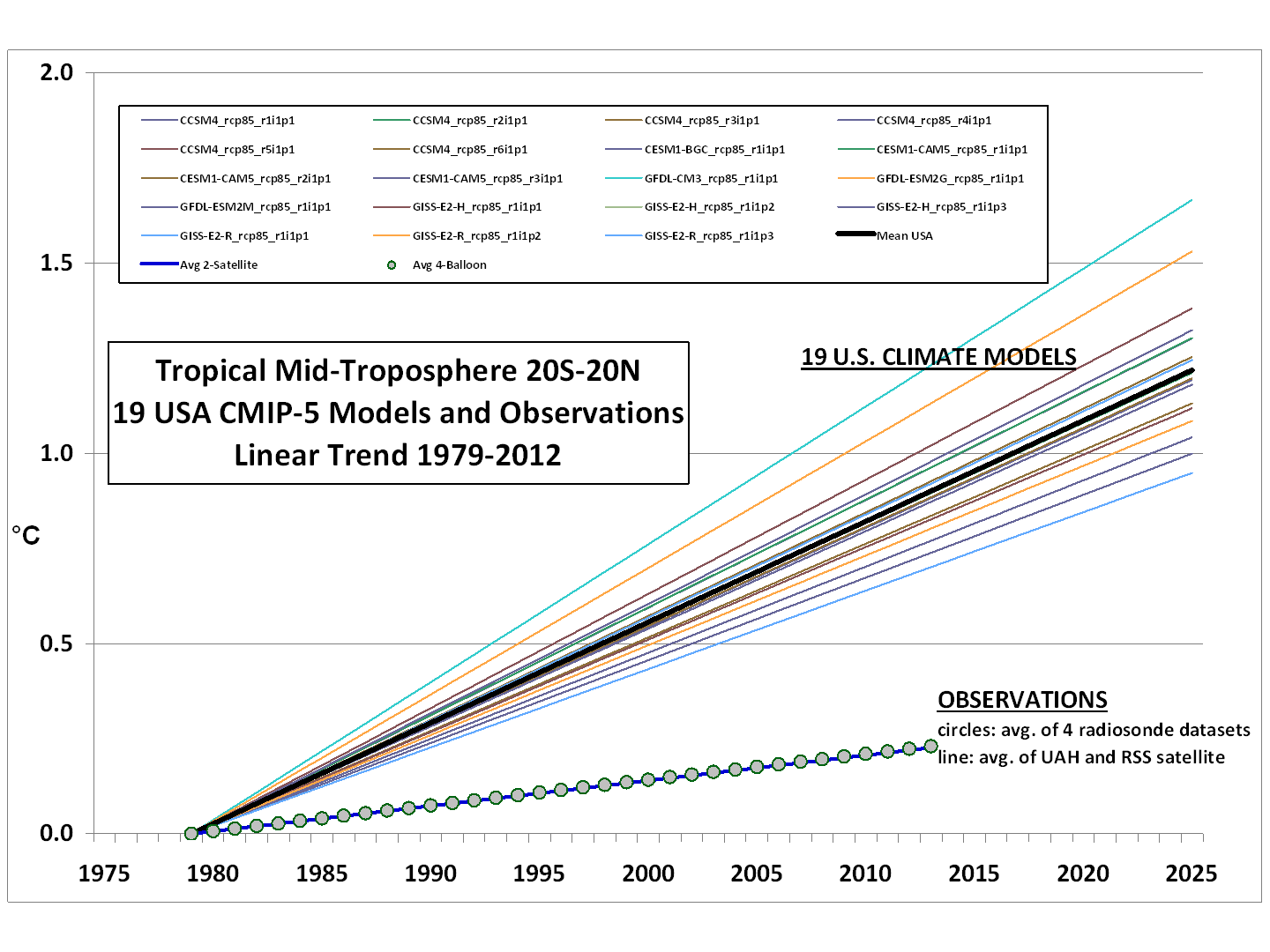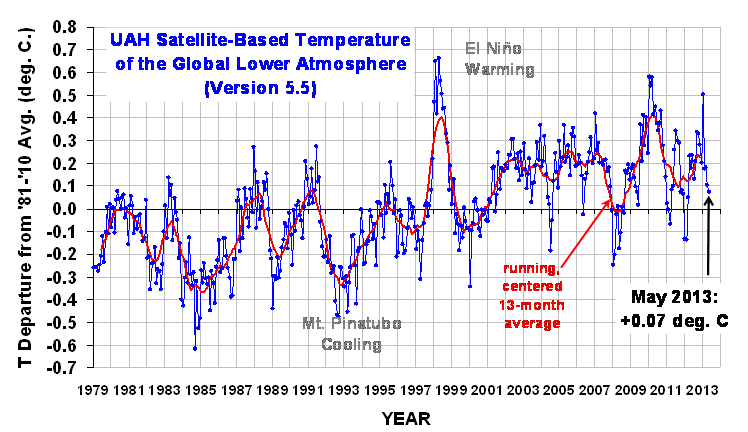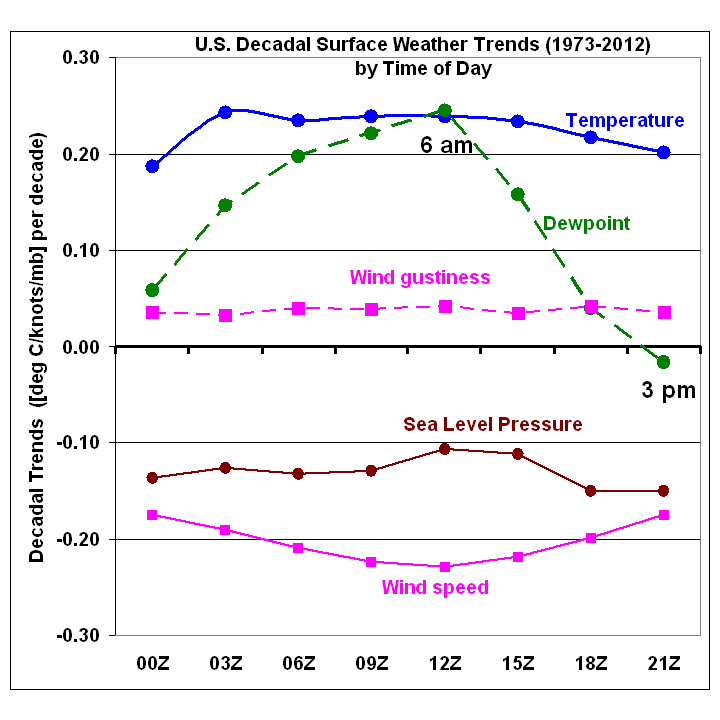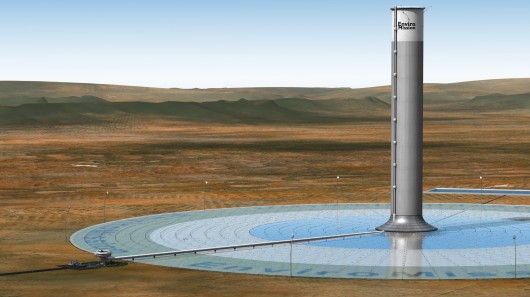
Yesterday I spoke with EnviroMission President Chris Davey to get an update on the progress of the first, large-scale solar tower (aka solar updraft tower, or solar chimney). EnviroMission is progressing through the permitting process and plans to start construction late next year in La Paz County, Arizona.
Billed as a 200 MW electrical generation facility, its towering hot air chimney will be about 2,600 ft tall, making it the second tallest manmade structure in the world, and about twice as high as the Empire State Building.
What has always captured my imagination about the concept is that it uses the daily generation of warm air at the surface by the sun to generate electricity. It takes the familiar principle of a chimney filled with buoyant, hot air to the extreme. The taller and wider the tower, and the hotter the air it contains, the greater the potential for energy generation. The solar heated air in the tower continuously draws air into the 2.5+ mile wide glass/plastic canopy and through approximately 32 wind turbines, each rated at 6.25 MW, circling the base of the tower.
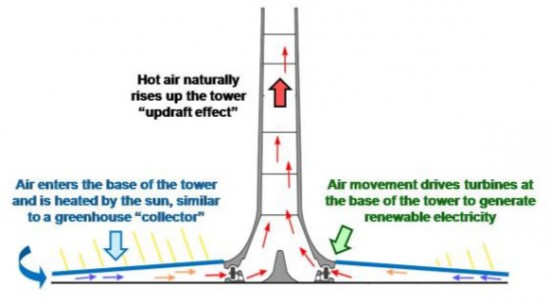
Now, all of this hot air would have been generated anyway, without the solar tower there. But it would have driven turbulently mixed thermals as pockets of buoyant hot air rise and gradually warm the lower troposphere during the daytime. The solar tower simply organizes all of this buoyant energy into a single updraft, which will drive a fairly continuous 30 knot wind through the 32 turbines.
One advantage of this design over conventional solar is since the ground will absorb much of the heat, electricity generation will continue at night as the ground gives up that heat, and the outside ambient air temperature cools by about 30 deg. F, helping to maintain buoyancy in the tower.
Design details are still being optimized by industry leader Arup Engineering, based in the UK. Mr. Davey mentioned a couple of the remaining design uncertainties, such as what material to use for the canopy (tempered glass or some kind of plastic); easy servicing of the clear panels is very important.
The facility requires no water for cooling, a significant advantage, and is designed to last for decades. I forgot to ask about the anticipated effects of wind loading on a tower that tall, but Mr. Davey said there are no major design problems with the facility.
Here’s a pretty cool computer animation video which was made back when the tower height was anticipated to be 1,000 m, rather than 800 m. From what I understand, EnviroMission is also negotiating solar tower projects in Texas, and a few foreign countries, as well.
(Any errors, misrepresentations, or misrememberings in the above are my own.)

 Home/Blog
Home/Blog